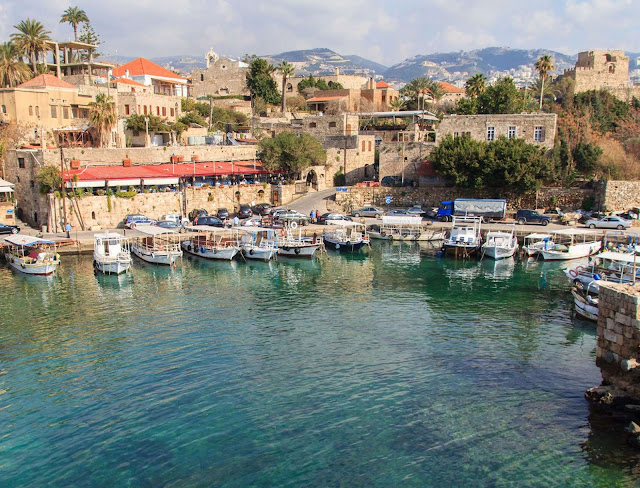Beirut is a city of layers. Over here, a Zaha Hadid original. Down there, the 1,600-year-old temple of Bacchus. And in between: a culture influenced by Phoenician, Roman, Greek, Arab, Ottoman, and European civilizations. Carved into a mountainside facing the Mediterranean Sea, the Lebanese capital is nicknamed “The Paris of the East” (the country was under French rule until 1943) for good reason. Whether it’s the architecture or the food, undertones of Paris are everywhere. And most Lebanese speak Arabic, French, and English fluently, sometimes even in the same sentence. At the same time, hallmarks of Arab culture—souks, street vendors, the sonorous calls to prayer—remind you that you are most certainly in the Middle East.
The history of the city is rich and powerful and often, violent. Beirut has survived years of serious conflict, which explains why its other moniker is “The City that Will Not Die.” Shells of destroyed buildings sit next to popular cafés filled with people smoking hookah. War has been part of life in Beirut, but for more than a decade the conflict’s been over. In that time, the city has rebounded. Scratch that. It has thrived.
For years, goop assistant beauty editor Margaux Anbouba, spent her summers here, so she shares her favorite spots as only an insider can.

0 comments